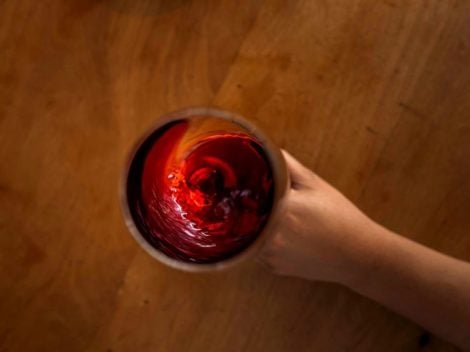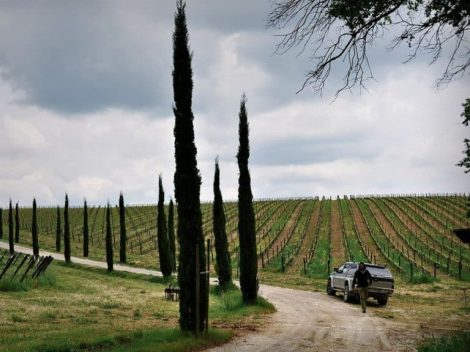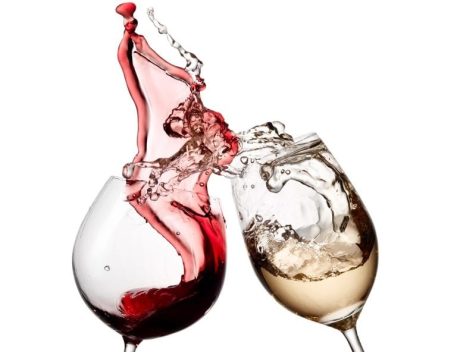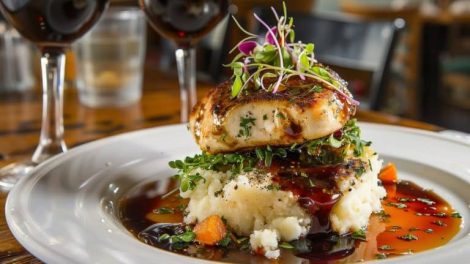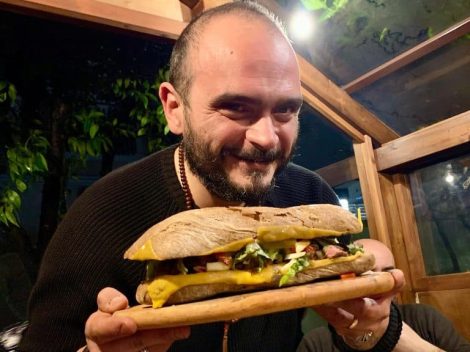From Frida Khalo to reproductions of Ravenna mosaics, the Cioccolato Creativo atelier is a triumph of art works with high percentage of cacao. There is no denying it: the rich collection of the two chocolate artists Nicoletta Rustici and Grazia Simoncelli, who inaugurated their first laboratory-boutique in the historic centre of Ravenna at the beginning of 2020, is quite impressive. A creative space divided on two levels, with sales open to visitors on the lower floor and the chocolate processing room on the upper one, where customers can also participate in courses to learn how to transform the sweet raw material into paintings and sculptures.
Before Cioccolato Creativo: Nicoletta and Grazia's story
The art of chocolate cannot be improvised: it requires time, patience and dedication, as well as an excellent knowledge of the basic ingredient. It's not surprising, therefore, that the owners of the atelier gained long experience in the confectionery production sector. Nicoletta, a technical demonstrator of chocolate from Arezzo, had already opened a gelateria where she made pictures in the form of semifreddo. Grazia, on the other hand, comes from Alfonsine and has thirty years of work in the family pastry shop. Two different paths intertwined when the women both began to collaborate with an Emilia-Romagna food company. They met and discovered their common passion for chocolate. So they decided to work side by side, in synergy, transforming tablets into paintings and sculptures. Until a great internationally renowned artist noticed them.

The encounter with Botero
"Yes, we met Ferdinando Botero. And it was one of the most important stages of our artistic experience," they said. After having carried out the first works together, in fact, Grazia and Nicoletta managed to refine the technique to model chocolate three dimensionally and represent well-known subjects through sculpture. "In 2016 we shaped female figures in white chocolate inspired by Botero's creations, which were exhibited in Parma during the exhibition dedicated to the artist," explained Nicoletta. "Visitors liked the works and we were also commissioned to reproduce the famous balerina, which we sculpted by assembling 60 kg of chocolate. After the presentation of the sculpture at the Verdi Theater in Busseto, Botero paid us many compliments. Thanks to his encouragement, we understood that it was worth investing in this project."

The chocolate atelier in Ravenna
For 10 years now, the two chocolate artists have been creating their works: from paintings with three-dimensional subjects to murals, to mosaics that faithfully reproduce the masterpieces of the Ravenna school. And if until now these creations were on display - both in Italy and abroad - in galleries, museums and private homes, for some months now it's been possible to admire them in the permanent exhibition of Cioccolato Creativo. "Some even date back to 2014," said Nicoletta. But how do they keep? "We usually choose very large frames to reproduce the paintings and, in the same way, we start from very thick blocks to model the sculptures. In addition, the chocolate is never exposed to direct heat sources, so the risk of it melting is zero. Speaking of colours, over time a painting created with this method is subject to small changes in shades, while cracks can form on the surface, but in our opinion all this highlights the particularity of the artefact. After all, chocolate is living matter in motion. We always explain to clients that today the concept of art is more flexible and that works can have a beginning and an end." However, among the future objectives there is also experimenting with new solutions in terms of shelf life.
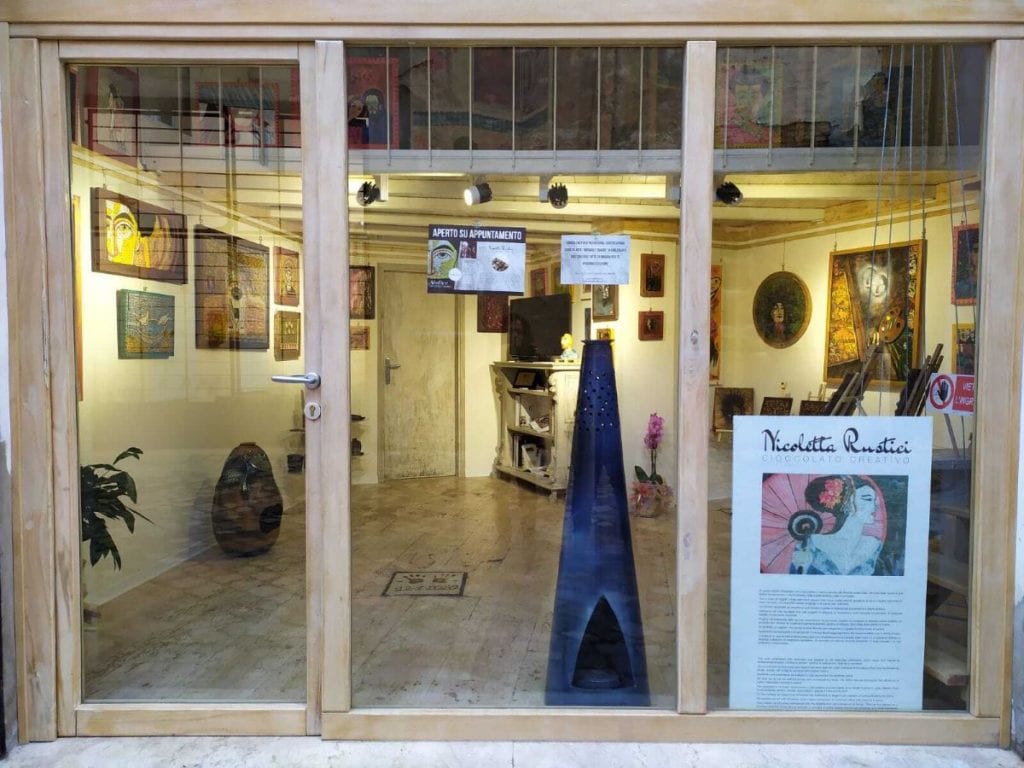
From the tablet to the work of art
If they weren't so beautiful, the atelier's paintings and sculptures could also be good to eat. This is because Grazia and Nicoletta make use of edible pigments and glues, in addition to buying chocolate from select producers (including Bercolade and Domori); the choice of flavour, on the other hand, varies according to the characteristics of the work, but the most used is dark chocolate."We usually use products that have at least 50-60% cacao. To fill the small spaces of the more detailed paintings, however, a more fluid chocolate is required, with high percentages of cacao butter, so in that case you have to get the right ingredients first." And the processing? "We start with tempered chocolate, applying it from time to time with various methods: sac à poche, spatula, brushes or alternative tools such as flatware and cutlery. When the whole takes shape, we decide whether or not to add inserts, which serve to give further solidity to the structure." Today the experience they have gained allows them to express themselves in a completely different way from the beginning, when they created "flat" works on acetate bases: "We understood that we like to play with three-dimensionality and relief."
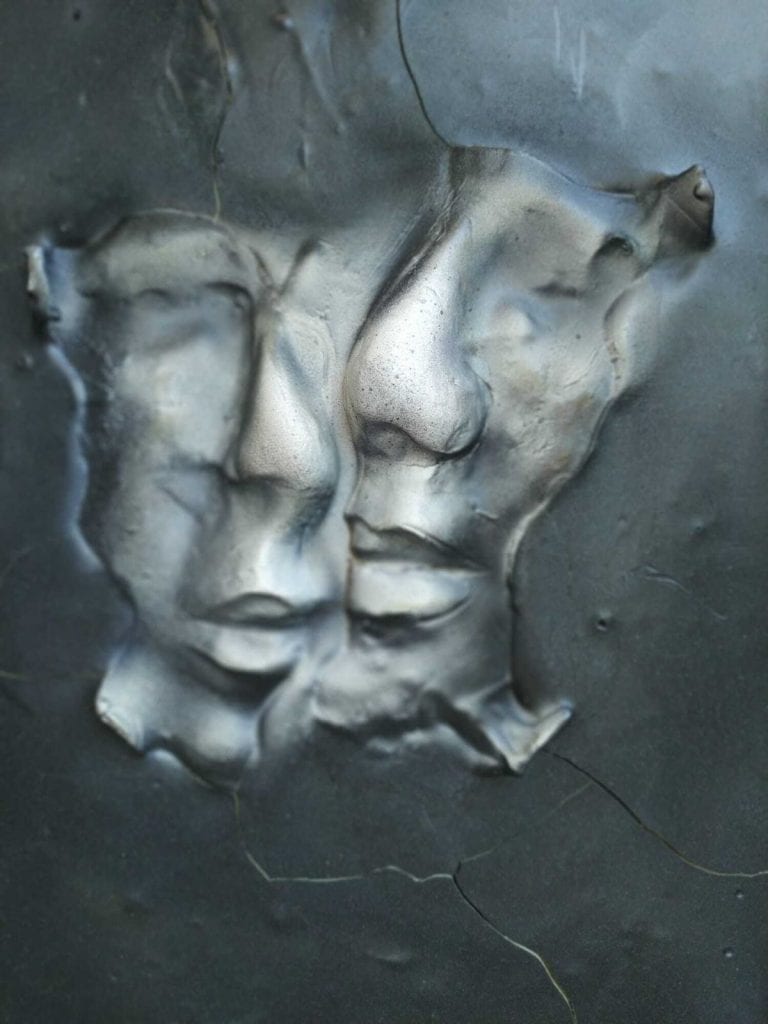
The initiatives of Cioccolato Creativo
How many times have you ever thrown away stale chocolate? The owners of the Ravenna atelier, on the other hand, decided to use it for artistic purposes. In this case, obviously, the works are not edible, but the added value is given by the possibility of recovering a product that is now inadequate for food consumption. "When it has been melted and solidified many times, the cacao butter comes to a point where it no longer melts, and can be recycled with a spatula. If any of our customers have expired chocolate available, we are happy to give it new life through our paintings." In short, the laboratory of Grazia and Nicoletta also offers a valid alternative to food waste.

But in the future, which works will we admire from Cioccolato Creativo? "We are thinking about design objects to overcome the concept of static art." Who knows what they have in store. In the meantime, the exhibition in the atelier is a marvel to eat with your eyes.
Cioccolato Creativo by Nicoletta Rustici and Grazia Simoncelli - Ravenna (RA) - Via Tombesi dell’Ova 47
www.nicolettarustici.it- Facebook page
by Lucia Facchini

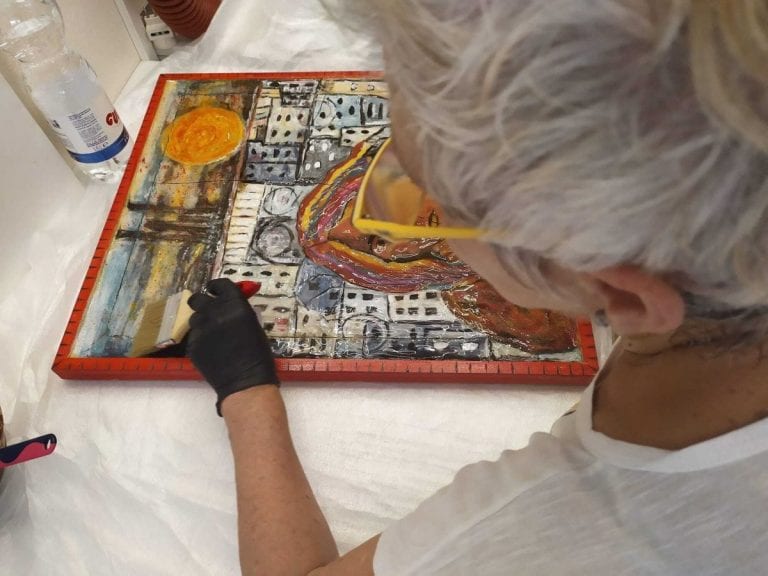
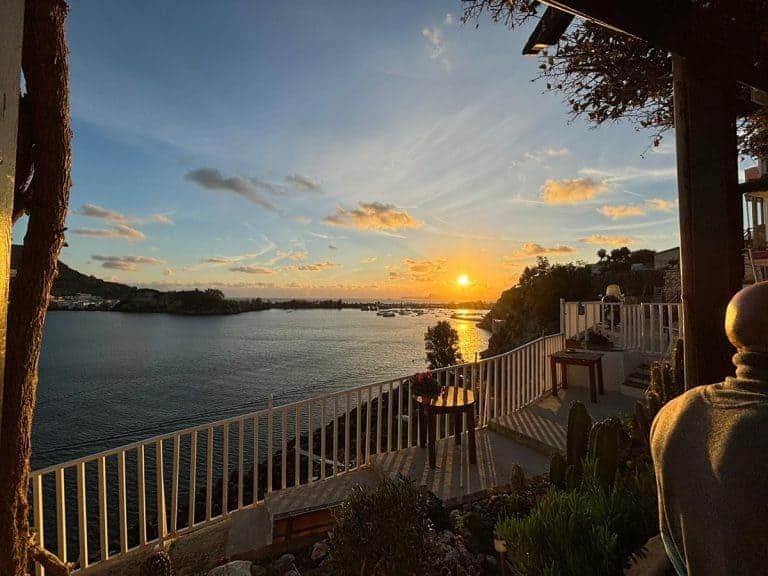 The hidden Trattoria in the Mountain of Bacoli that brings the sea to your plate
The hidden Trattoria in the Mountain of Bacoli that brings the sea to your plate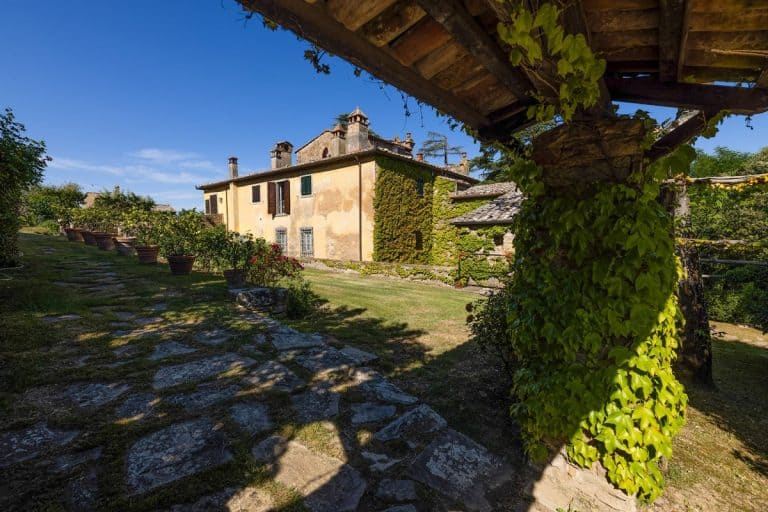 Here are the 11 Syrah labels that narrate the new era of Cortona winemakers
Here are the 11 Syrah labels that narrate the new era of Cortona winemakers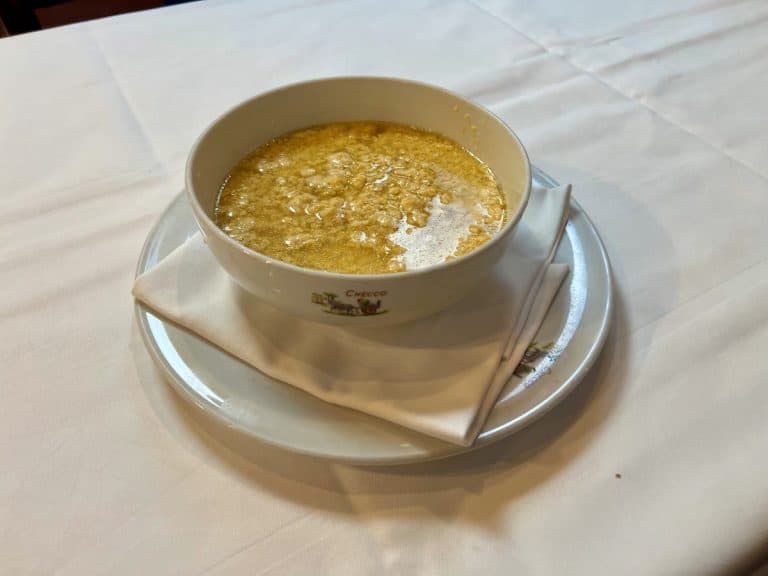 God Bless those who don’t forego Stracciatella on the evening of December 25th. Here’s the recipe from a renowned Roman trattoria
God Bless those who don’t forego Stracciatella on the evening of December 25th. Here’s the recipe from a renowned Roman trattoria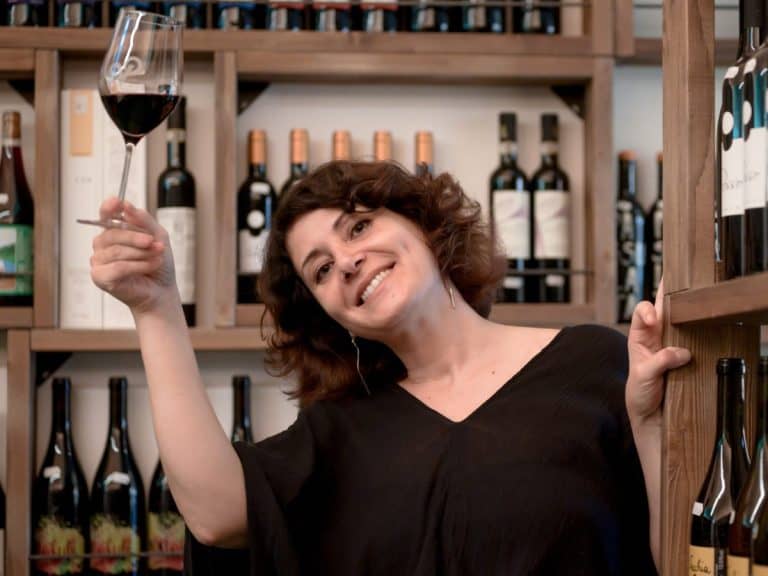 Hidden in an old district of Perugia lies one of Italy's cosiest wine bars
Hidden in an old district of Perugia lies one of Italy's cosiest wine bars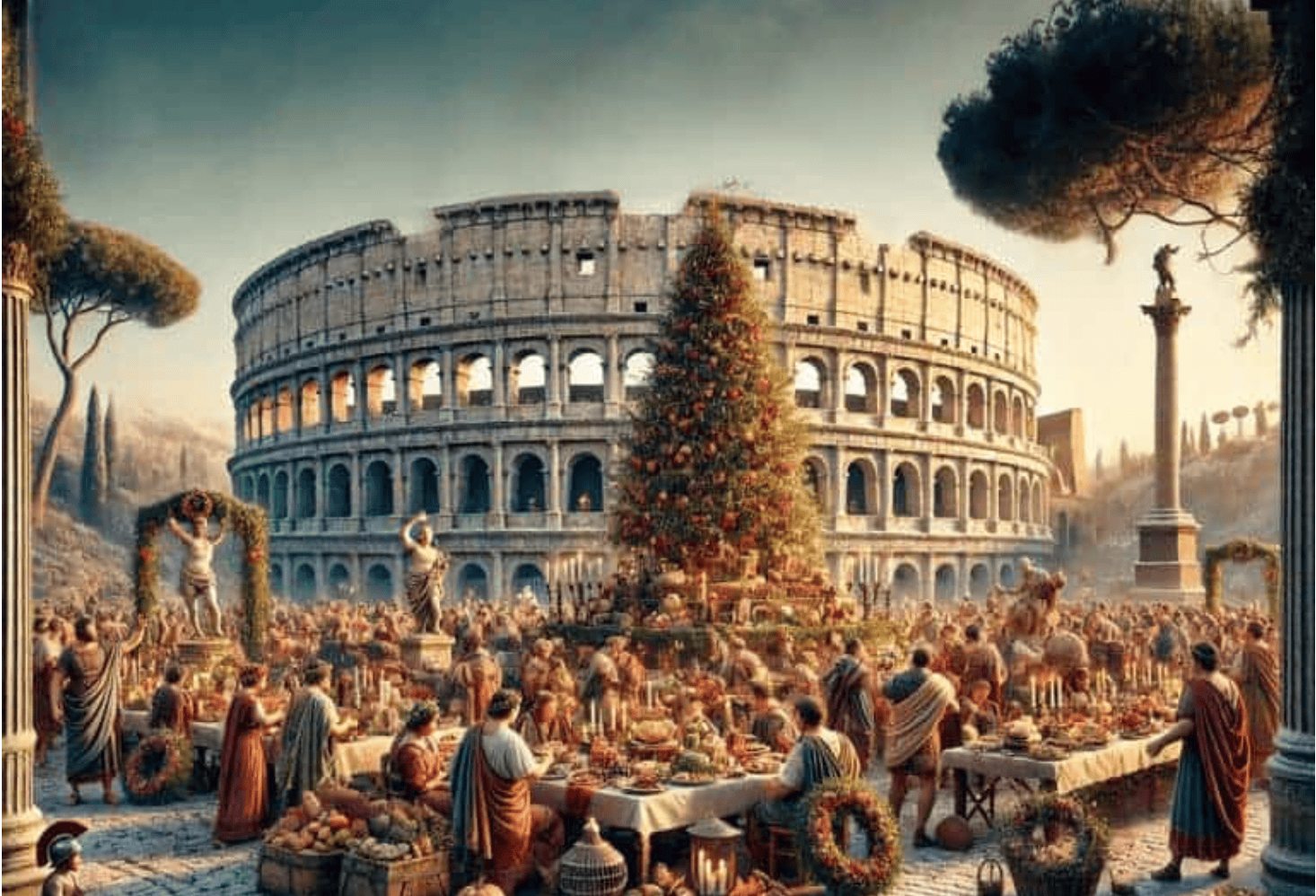 Christmas Eve dinner and Christmas Day lunch: festive traditions rooted in Solstice feasts
Christmas Eve dinner and Christmas Day lunch: festive traditions rooted in Solstice feasts
